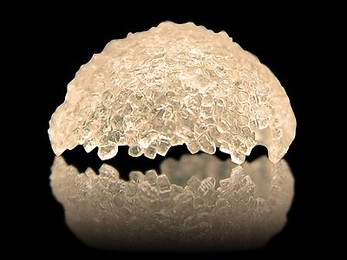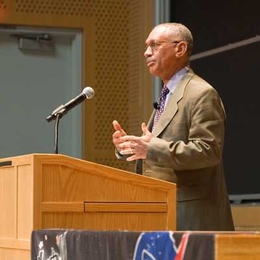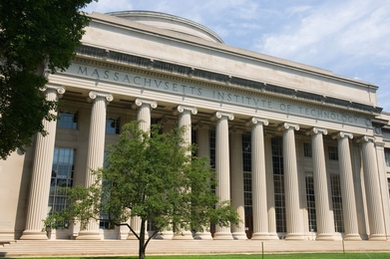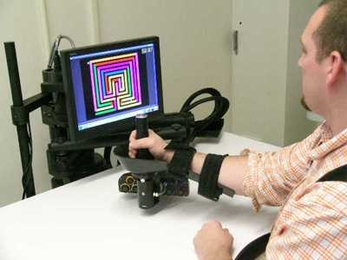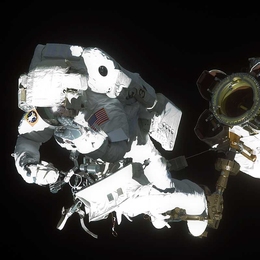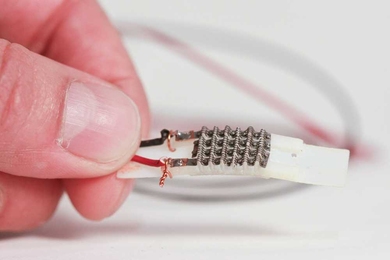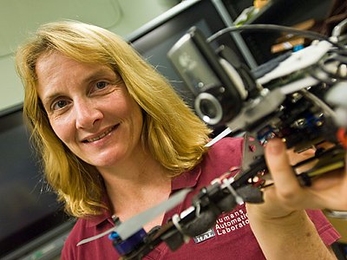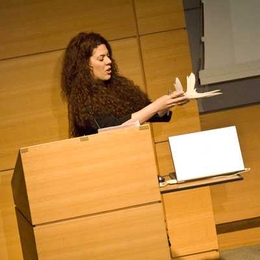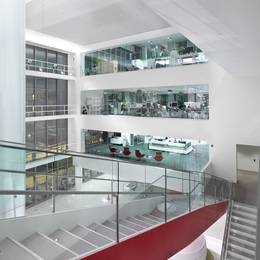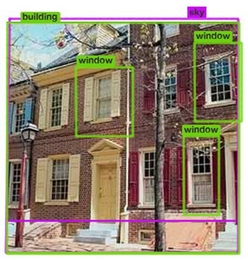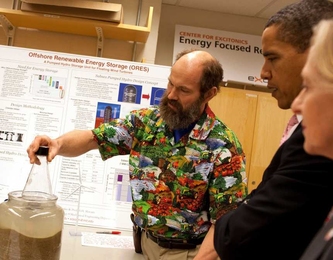Search Stories
Building organs block by block
Tissue engineers create a new way to assemble artificial tissues, using ‘biological Legos’ — cells transformed into bricks.
NASA chief defends Obama’s space plan
In MIT visit, Charles Bolden touts proposed expansion in R&D funding
Faculty approve flexible engineering degree for undergraduates
Approval of AeroAstro program adds a new dimension to engineering education.
Robotic therapy helps stroke patients regain function
MIT robots can deliver high-intensity interactive physical therapy.
The pull of artificial gravity
MIT researchers say a centrifuge on the International Space Station — hinted at in Obama’s NASA proposal — would be a boon for physiological research
Slideshow: Mini robotic muscles
Shape-memory alloys yield mechanical devices that produce more torque but weigh much less than comparably sized electric motors.
In Profile: Missy Cummings
Former U.S. Naval fighter pilot aims to improve how humans and computers interact.
A manufacturing renaissance for America?
At an MIT forum, experts examine new ways to pursue a good old idea: making things.
An open, collaborative space
New Media Lab building is designed to foster collaboration, sharing, communication and experimentation.
Context is ev … well, something, anyway
MIT research uses information about how frequently objects are seen together to refine the conclusions of object recognition systems.
In Profile: Alex Slocum
Teaching and tinkering, and teaching how to tinker, are the driving forces for longtime MIT mechanical engineer
Explained: Linear and nonlinear systems
Much scientific research across a range of disciplines tries to find linear approximations of nonlinear behaviors. But what does that mean?
Power from motion and vibrations
Forget about batteries. The ability to harness electricity from tiny vibrations could power a new generation of electronic devices.
